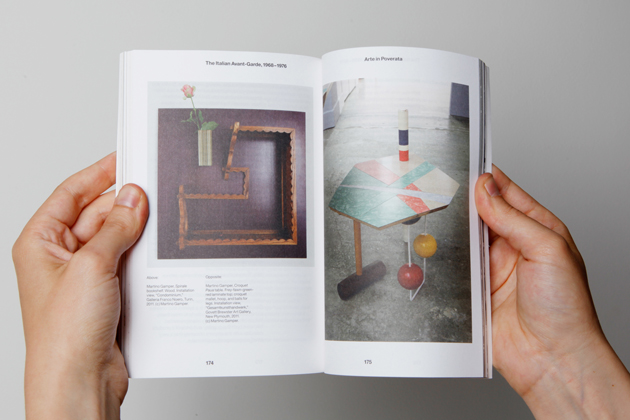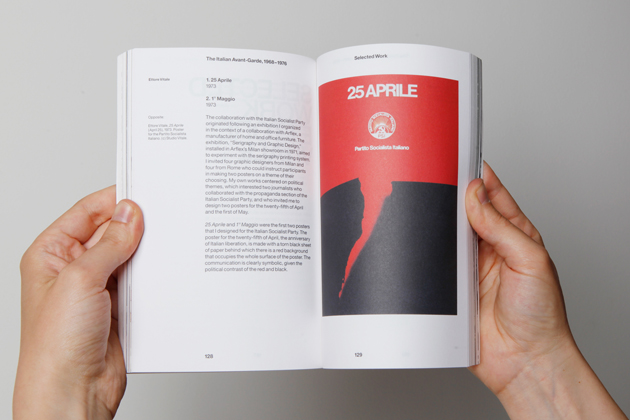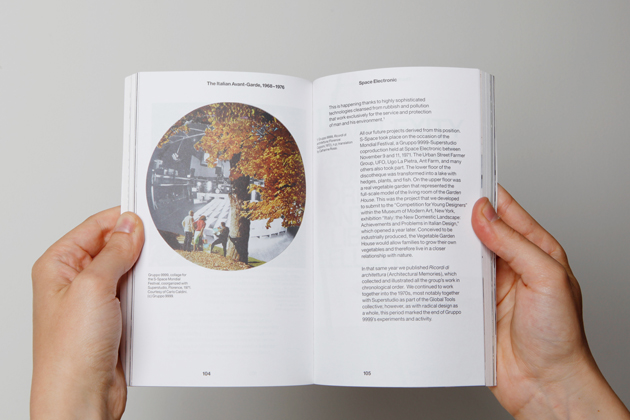Even though design is usually all about materiality and useful objects, it nevertheless both gives form to the books we lose ourselves in, as well as presents itself as quite an interesting subject to read about. This is why a new project by one of the most socially and politically engaged art publishing houses, the German Sternberg Press, should be particularly well appreciated. Titled EP, this project poses itself between a bi-annual magazine and a book series, with the goal of analyzing relevant topics in a way that resembles an EP – a musical recording that contains more music than a single, but is too short to qualify as an LP.
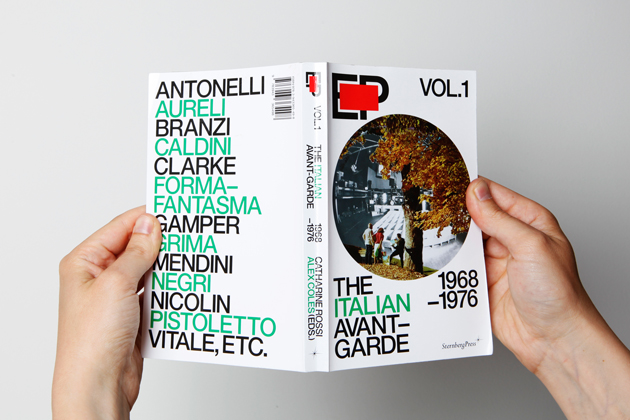
The first ‘issue’ of this particular project is dedicated to “The Italian Avant-Garde 1968-1976”, discussed in a particularly engaging but breezy manner. The publication of this book is particularly interesting in the current period of profound political and social crisis, as it contextualizes a moment in Italian design history when its most interesting and thought-provoking projects did not actually relate to its widely renowned industrial excellence, but to its social role and moral duty. Offering (often contradictory) proposals for a new way of confronting our material environment, Italian radical movements have installed a constructive debate and fierce criticism, contributing in evaluating the role of objects in our everyday life.
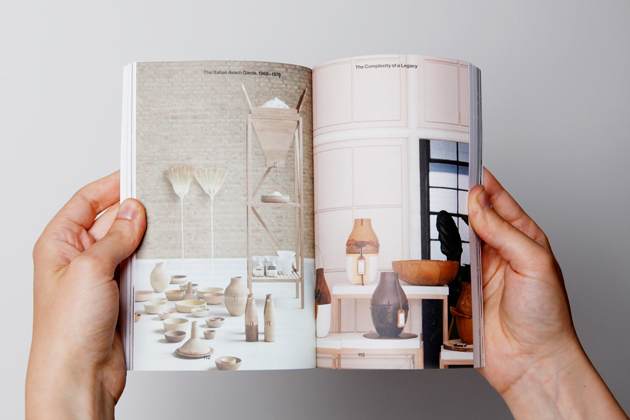
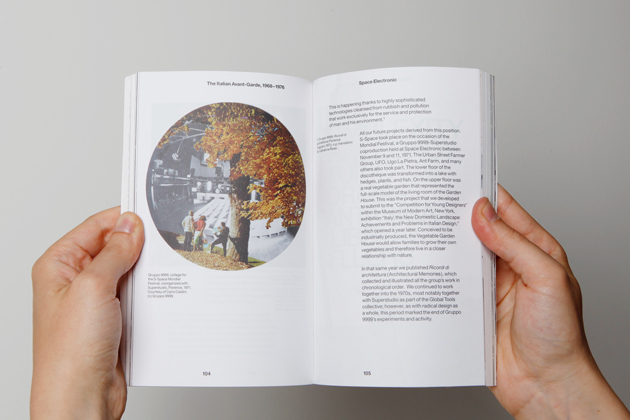
Even though it relates to a subject that often appears in contemporary design discourse, the editors of this book were nevertheless aware of the impatience of contemporary readers. Hence, the book contains different types of content – interviews, bulletin points, short texts, essays – building a contemporary dialogue about the subject: connecting past and present, history and theory, practice and imagination, with illustrious contributors ranging from Paola Antonelli to Martino Gamper, from Joseph Grima to Michelangelo Pistoletto. Even though the subject might not be the most simple one, the particular structure of the book (and its delightful graphic design by Experimental Jetset), might actually qualify it for an excellent pre-summer read enjoying a spare ray of light and positivity offered by both our (currently) shy sun as well as the courageous radical designers of the past.
